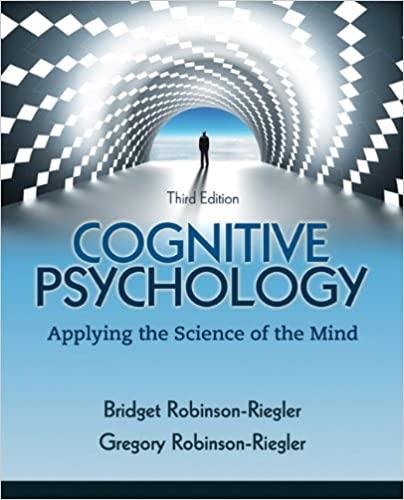Justin is a 13-year-old boy diagnosed with autism. He has an effective, but below average, use of spoken language but is able to communicate his
Justin is a 13-year-old boy diagnosed with autism. He has an effective, but below average, use of spoken language but is able to communicate his emotions using picture cards that have a sad face, a neutral face and a smiley face. He is able to communicate effectively enough to make his requests understood, although he can be reluctant to do so. Justin lives with his mother and stepfather in a small 2-bedroom house which is also shared with a three year old female sibling who does not have any known disabilities or challenges beyond what would be considered normal for a child of her age. There is also an uncle and his girlfriend who live in the house and sleep in the living area of the home. Justin's mother, father, and his uncle all primarily speak Spanish and consider it to be their first language. Justin attends school daily and is accommodated in a "special education" classroom along with 27 other children who have a variety of disabilities both physical and intellectual. The classroom is managed by a dedicated teacher and, most days, teaching assistants. Justin can become very agitated and can exhibit aggressive behaviors when he is in environments that he cannot control and are noisy and/or crowded. Aggression takes the form of hitting others with a closed fist which is sometimes accompanied by kicking. When Justin becomes agitated, he tends to rock back and forth on the balls of his feet which is typically followed by the hitting and kicking behavior. He will also run away if he is in an open area or is otherwise able to leave the situation. Recently, Justin's mother took him to a nearby shopping mall for a "treat" because it was approaching the holiday season and she wanted him to see Santa Claus. When they arrived, the mall was playing festive Christmas music and it was busier than normal due to the approaching holidays. Justin and his mother arrived at the mall, parked the car, and entered the mall. Within a minute or so, Justin began rocking back and forth. His mother then attempted to grab his arm and Justin proceeded to hit her. He broke away and ran further into the mall, knocking an elderly lady down along the way. A mall security person witnessed the event and called the police and reported that a young man had assaulted an elderly lady and was running around hitting and kicking people while screaming.
Step 3
Review and write up a summary of the behavior assessment.The written summary should contain the following information:
Functional Assessment:
Procedures: Describe how the descriptive analysis was conducted.
Results: Summarize the findings and include raw data sheets.
Analysis: Generate hypothesis(es) about the antecedents and consequences that are associated with the target behavior.
Step 4
Collect and analyze Baseline Data; Establish at least one but not more than two behavioral objectives.
Baseline data should be collected across a minimum of 5 observations (days). The raw data should be summarized (i.e., calculated and graphed) as described in the proposed plan. Use a typical equal-interval line graph; include all essential components. Include a separate graph for each behavior. The written report should contain the following sections:
Procedures:Briefly summarize the measurement procedures, including the length of observations, time of observations, and setting(s) where the behavior(s) was/were observed.
Results: Insert data sheets and graph(s).
Analysis: Describe the data path(s) in terms of (a) level, (b) stability, and (c) trend
Behavioral Objectives: List at least one short-term goal and one long-term goal for each behavior. The objectives should be based on the baseline data.
Step by Step Solution
There are 3 Steps involved in it
Step: 1
Step 3 Functional Assessment Procedures To conduct a functional assessment for Justin a descriptive analysis was used to observe his behavior in natural environments where the problem behaviors agitat... View full answer

Get step-by-step solutions from verified subject matter experts
100% Satisfaction Guaranteed-or Get a Refund!
Step: 2Unlock detailed examples and clear explanations to master concepts

Step: 3Unlock to practice, ask and learn with real-world examples

See step-by-step solutions with expert insights and AI powered tools for academic success
-
 Access 30 Million+ textbook solutions.
Access 30 Million+ textbook solutions.
-
 Ask unlimited questions from AI Tutors.
Ask unlimited questions from AI Tutors.
-
 Order free textbooks.
Order free textbooks.
-
 100% Satisfaction Guaranteed-or Get a Refund!
100% Satisfaction Guaranteed-or Get a Refund!
Claim Your Hoodie Now!

Study Smart with AI Flashcards
Access a vast library of flashcards, create your own, and experience a game-changing transformation in how you learn and retain knowledge
Explore Flashcards





